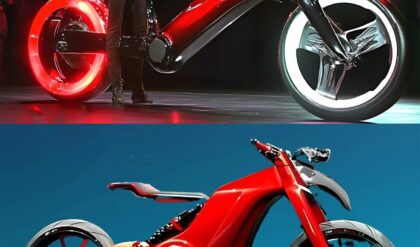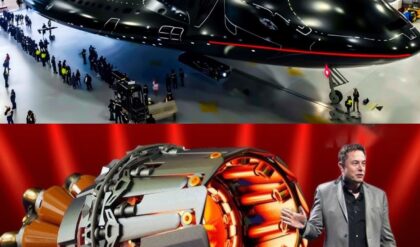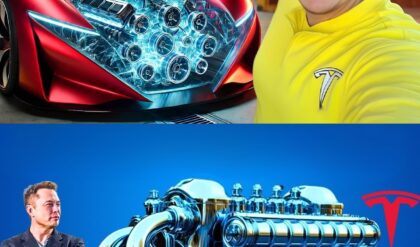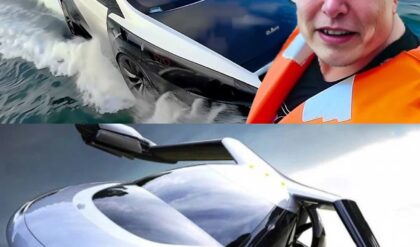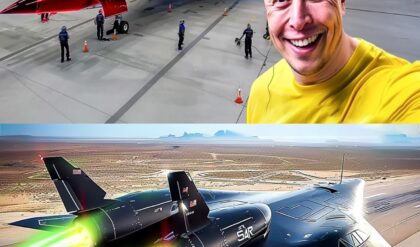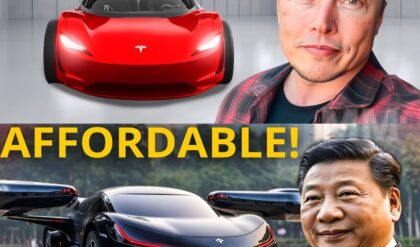In a stunning announcement that has the world buzzing, Musk has revealed SpaceX’s latest innovation: the X1 super spacecraft. This cluster ship is set to update our approach to space travel, pushing the frontiers of space, technology, and human exploration to realize high-speed flight. Could this revolutionary voyage be the future of interspace travel? Continue on, because what you’re about to discover will challenge everything you thought and knew about air travel.
Following the resounding success of SpaceX’s Starship Flight 5, Musk has once again captured the world’s attention with the unveiling of the X1 fighter jet. This incredible aircraft seems to defy the various laws of physics, demonstrating Musk’s enormous passion for advancing space technology. His journey of space exploration began with the humble Starhop, a small rock prototype that laid the groundwork for what would evolve into SpaceX’s revolutionary advancements.

Starship’s successful test flights mark the beginning of Musk’s ambitious dream of creating spinning rocks and making space travel more accessible. From there, he set his sights high, unleashing Falco’s powers and eventually deploying the colossal spacecraft, making shortcuts to space missions to Mars and Earth. Now, following Starship’s triumphant fifth flight, Musk is pivoting toward a project that not only reflects space exploration but revolutionizes space travel.
The X1 Fighter promises to challenge cooperative aerospace engineering, boasting capabilities that could transform both commercial aviation and military defense systems. Musk’s vision for the X1 incorporates technology that fundamentally defies fundamental principles of physics, particularly propulsion and thermodynamics. Traditional papers immediately cover drag and pressure in specific areas, but Musk’s paper neatly mitigates this problem through what he describes as plasma mapping.
At the time of this trailer, a frictionless virus can be seen forming around the plane. The findings suggest that the X1 could use a form of plasma bubble technology, spinning the object around on a layer of iodine gas that actively reduces friction as it cruises through the atmosphere. This upgrade could allow the player to achieve rapidly attainable speeds without ovulating or demotivating their progress.
In addition, the propulsion system could generate electromagnetic forces, boosting thrust by manipulating the Earth’s magnetic fields or evaporating quantum particles. This fusion of physics and engineering has aroused many scientists’ delight and excitement. If the X1 can achieve this capability, it will force us to reevaluate everything we know about air travel, space exploration, and energy efficiency.

Before we break down the potential of the X1, it’s worth looking at how Musk’s journey unfolded alongside Starhop. This prototype played a pivotal role in the development of SpaceX’s speed-to-velocity spacecraft, Starship. Built primarily as a technology demonstrator, the Starhoppers were designed to test various systems and technology, including the innovative Raptor Gyro that would later power the full-scale Starship.
Starhop, often nicknamed “the flying tug” due to its popular application, served as the first body for SpaceX’s newly developed Raptor Fighter. Its successful low-altitude flights allow SpaceX to gather real-world data and confirm capabilities needed for future spacecraft. Starhopper’s launch laid the groundwork for Starship prototypes and, ultimately, Starships.
With the introduction of the X1 superspacecraft, Musk aims to break barriers in ultraspace that were previously thought to be unattainable. The X1 is designed to operate in both Earth’s atmosphere and space environments, challenging corporate propulsion positions, acrodynamics, and energy efficiency. Musk claims that this aircraft can travel at hypnotic speeds in excess of Mach 5, drastically reducing flight time and revolutionizing air travel.
Musk’s focus on sustainability suggests the X1 could use renewable energy sources that could be corporate-owned, potentially incorporating nuclear-powered nuclear energy or highly efficient mothalox energies. The JT’s design could also provide vertical takeoff and landing (VTOL) capabilities, allowing it to operate from small locations or space compared to traditional JTs.
If the X1 Jet is intended for military applications, it could incorporate advanced cutting-edge technology and biotropic warfare systems, providing a tactical system for air and space combat scenarios. The potential for dual-use applications (functioning as both fighter aircraft and spacecraft) could transform military strategies and capabilities on a global scale.
As Musk attempts to push the boundaries of technology, the implications of the X1 are moving closer to space advancement. If successful, the X1 could shift the balance of power in air and space warfare, forcing the sides to adapt or risk dislocation. Musk’s influence in backing the Department of Defense could challenge traditional government contractors, leading to rapid innovation and a retrenchment of national security strategies.
The introduction of a system capable of reaching space altitudes and travelling in hypersopic directions significantly increases security coverage around the world. Nations may view this as a potential threat to their air and strategic objectives, particularly if SpaceX’s businesses collaborate.
